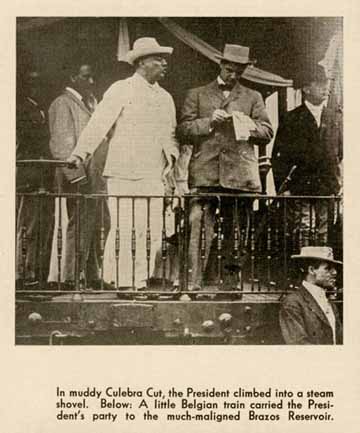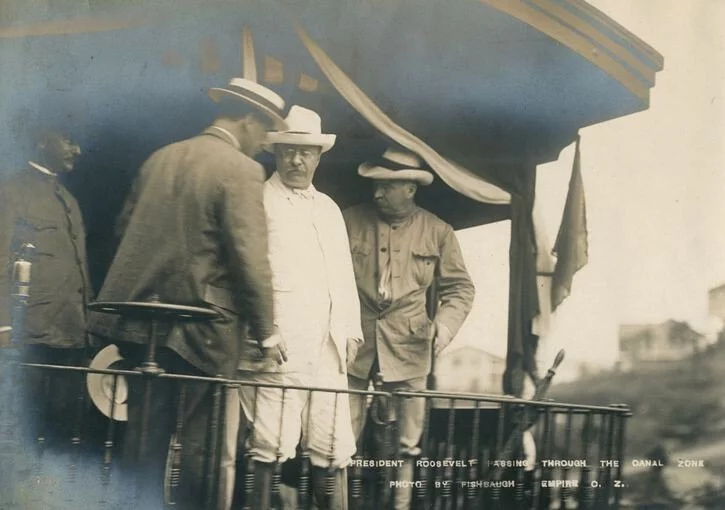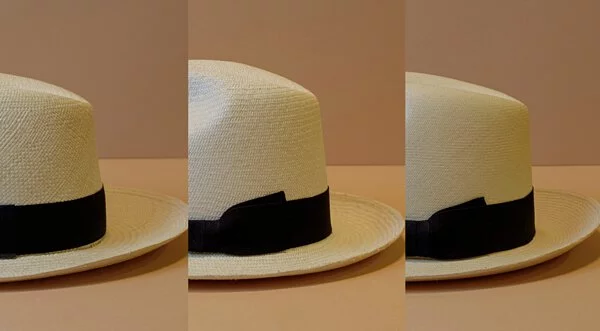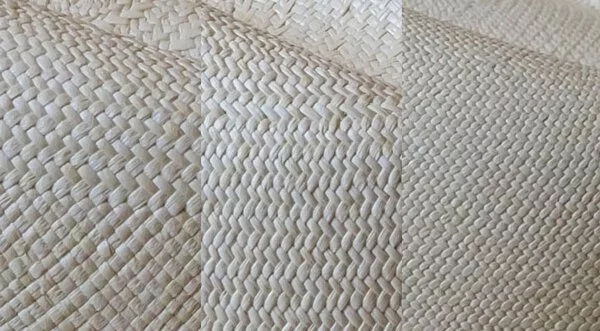The Panama Hat: A Legend, a Lifestyle
Authentic Panama hats have a rich and fascinating history that dates back centuries. These hand-woven, stylish hats combine natural resources of Ecuador with a long tradition of South American culture. In this article, we'll explore the history of Panama hats, how they're made, and their enduring popularity.
Most people don't know that the Panama hat actually originated in Ecuador, not Panama, as the name suggests. In the 16th century, when Spaniards first arrived in South America, they found native people wearing head coverings made of straw from the carludovica palmata plant. Spaniards encouraged locals to produce Spanish-influenced hats, and over time, these handmade straw hats evolved into the brimmed straw hats known today as Panama hats.


But it wasn't until the 1800s that these Ecuadorian-crafted hats made their way to Panama. Workers on the Panama Canal wore these straw hats to protect them from the hot sun and heat, while the tightly woven hat could double as a bucket to hold water. At the same time, travelers and merchants began purchasing the hats at Panamanian ports, and the "Panama" hats began to make their way across the world.
The Panama hat first marked its place in history when it was showcased at the World Fair in Paris in the mid-1800s, receiving worldwide attention and becoming the defining fashion accessory for the elite. For years, Panama hats have been worn by trendsetters worldwide, such as notable world leaders Winston Churchill and Nikita Khrushchev, European royalty, international celebrities, and U.S. Presidents such as Harry Truman and Theodore Roosevelt.
Hand-Weaving Panama Hats
Today, the legendary genuine Panama hat continues to be made of toquilla palm, and the very finest Panama hats are hand-crafted by artisans in the small town of Montecristi, Ecuador. Each hat is unique and can take from one to six months for a true master weaver to complete, adding to the Panama hat's mystique and universal appeal.

With its long history, the traditional art of hand-weaving toquilla hats has been passed down for generations and continues to receive world attention. UNESCO (the United Nations Educational, Scientific and Cultural Organization) recently recognized the Ecuadorian art of weaving a genuine Panama hat as an Intangible Cultural Heritage, a term used to define practices, traditions, knowledge, and skills communities pass down from generation to generation as part of their cultural heritage.
The Enduring Popularity of Panama Hats
Despite their long history, Panama hats remain at the forefront of fashion today, worn by numerous world figures, movie actors, celebrities, intellectuals, writers, painters, socialites, and others all over the world. Whether you're looking for a classic fedora or a trendy beach hat, there is a Panama hat out there for everyone.


In conclusion, the history and enduring popularity of Panama hats make them a fascinating and stylish accessory. By understanding their origins, how they're made, and their cultural significance, you can appreciate these hand-woven hats even more. So why not add a genuine Panama hat to your wardrobe today and become a part of its rich history?
